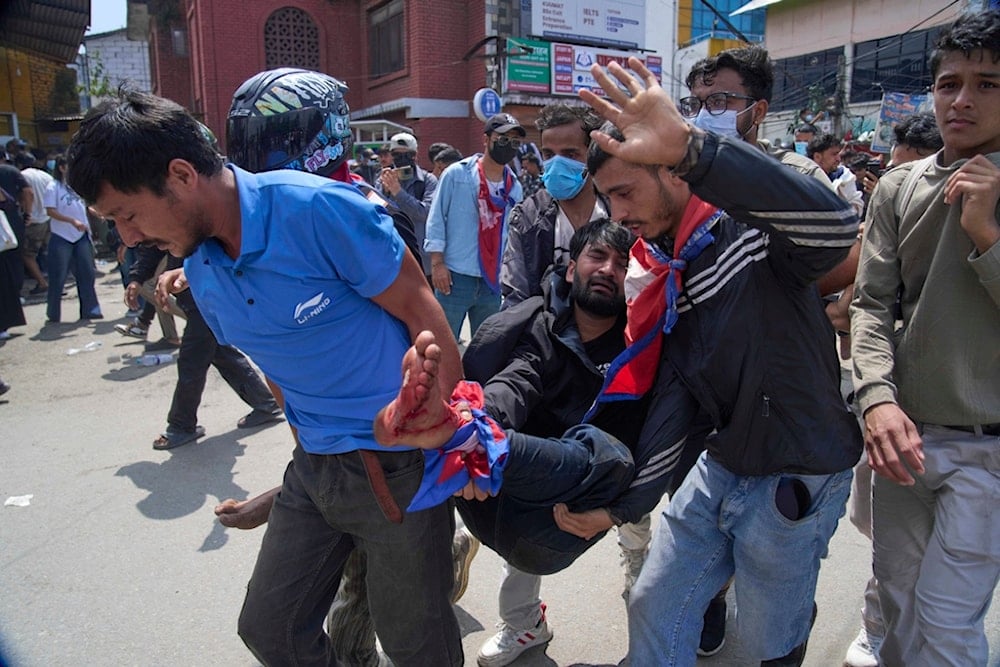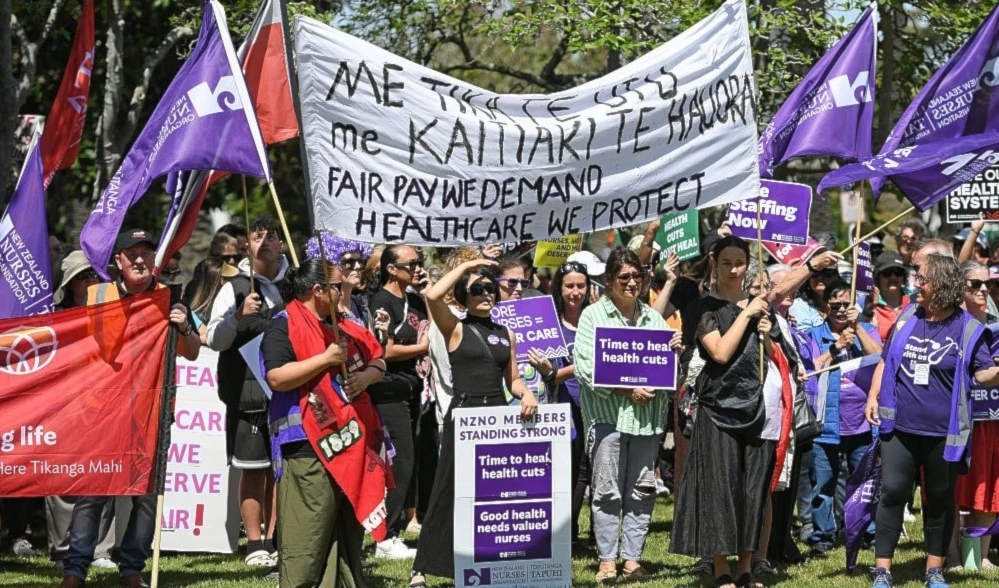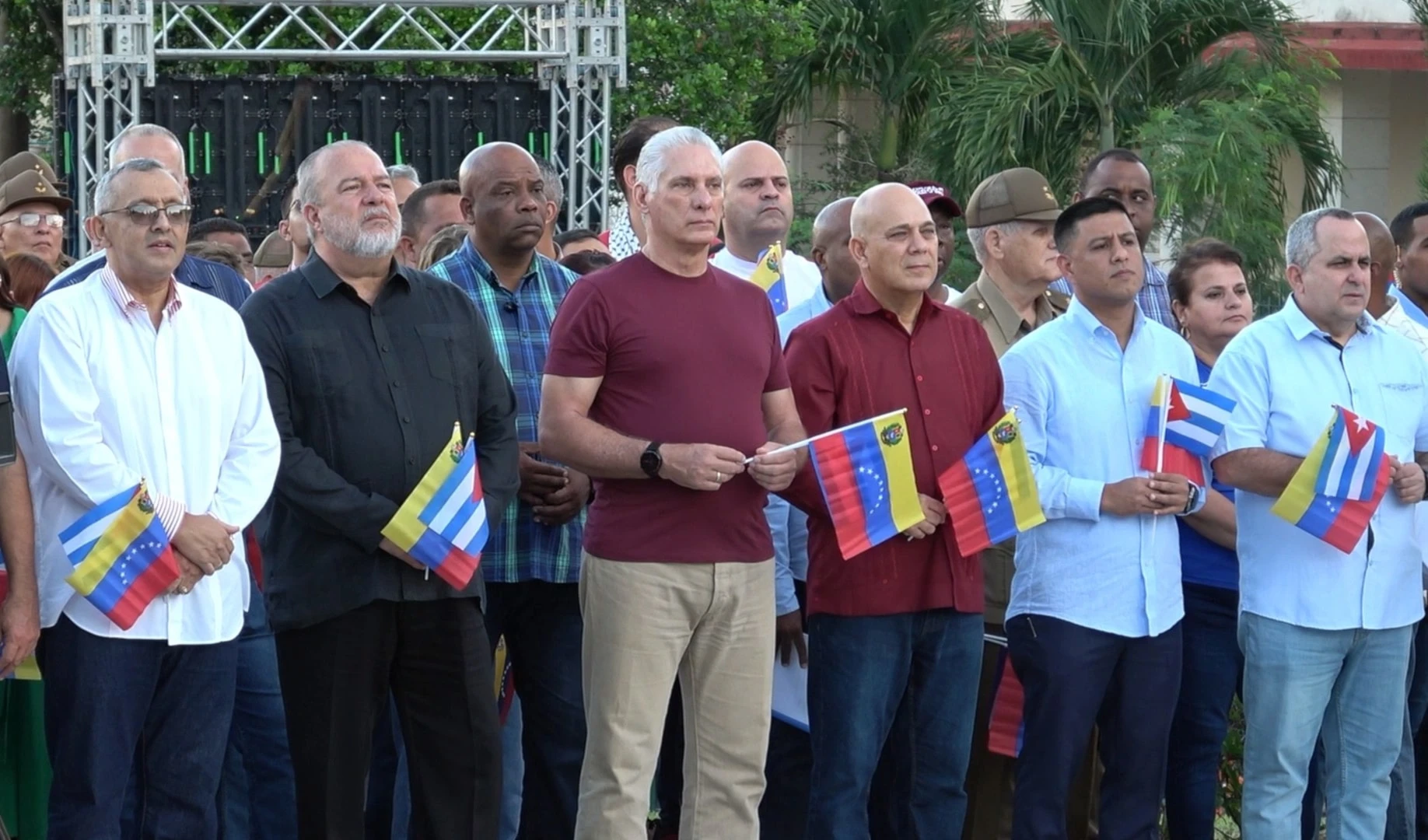Nepal closes India border crossings amid widening unrest
At least 19 people were killed in Nepal after protests over a social media ban escalated into nationwide unrest, forcing Prime Minister K.P. Sharma Oli to resign.
-

An injured protester is taken to hospital by his friends during a protest in front of the parliament building in Kathmandu, Nepal, Monday, Sept. 8, 2025. (AP Photo/Niranjan Shrestha)
Violence has spread along the Nepal-India frontier after the Nepalese government's decision to block major social media platforms, India Today reported Tuesday. Authorities said all border crossings have been closed in response to the turmoil.
The crisis began on September 4, when Nepal barred access to several leading platforms that failed to register with the Ministry of Communications and Information Technology by the required deadline. While the move triggered immediate unrest, demonstrators stress the protests are not simply about social media access. Many young Nepalese say the ban was just the spark, and that their movement is directed against years of corruption, unchecked privileges for the political elite, and growing inequality.
Indian News channels are claiming that the protest by GenZ in Nepal was for social media ban. This is not true, It's actually against the long standing corruption, Tyranny, oppression and autocratic leadership. Social Media ban was just one of the many stimulus. pic.twitter.com/GaSj2QtpLU
— Mohammed Zubair (@zoo_bear) September 9, 2025
Tensions escalated sharply after demonstrators stormed the parliament building, prompting security forces to fire water cannons, tear gas, and even live ammunition. Local media reported numerous injuries as clashes spread from Kathmandu to border regions. In some areas, police officers abandoned their posts, highlighting the scale of the security crisis.
It's shameful to see international media framing Nepal's Gen Z protest as merely against the social media ban. That's not what it is about. The protest was—and still is—against a corrupt system, unchecked government privileges, and years of exploitation. Reducing it to just the… pic.twitter.com/qd3WKRUtDi
— sunny (@thePiggsBoson) September 8, 2025
The unrest has become Nepal's deadliest in decades, with at least 19 people killed and more than 100 injured. Protesters torched government buildings and residences of senior politicians, while flights were grounded after Kathmandu's international airport was forced to close.
Nepal youth uprising
The violence and public fury forced Prime Minister K.P. Sharma Oli to resign on September 9, along with his Home Minister, in what many analysts describe as a generational revolt against entrenched power structures. Although the government quickly reversed the social media ban in a bid to calm tensions, demonstrations have continued, fueled by anger over corruption, unemployment, and accusations of nepotism among Nepal's ruling class.
India has placed its border regions on high alert, while international observers warn that the protests represent more than just discontent over internet access. Instead, they signal a youth-led uprising, with Nepal's so-called “Gen Z protesters” demanding systemic political change.
Read more: Nepal PM resigns despite ending social media ban amid deadly protests

 2 Min Read
2 Min Read










